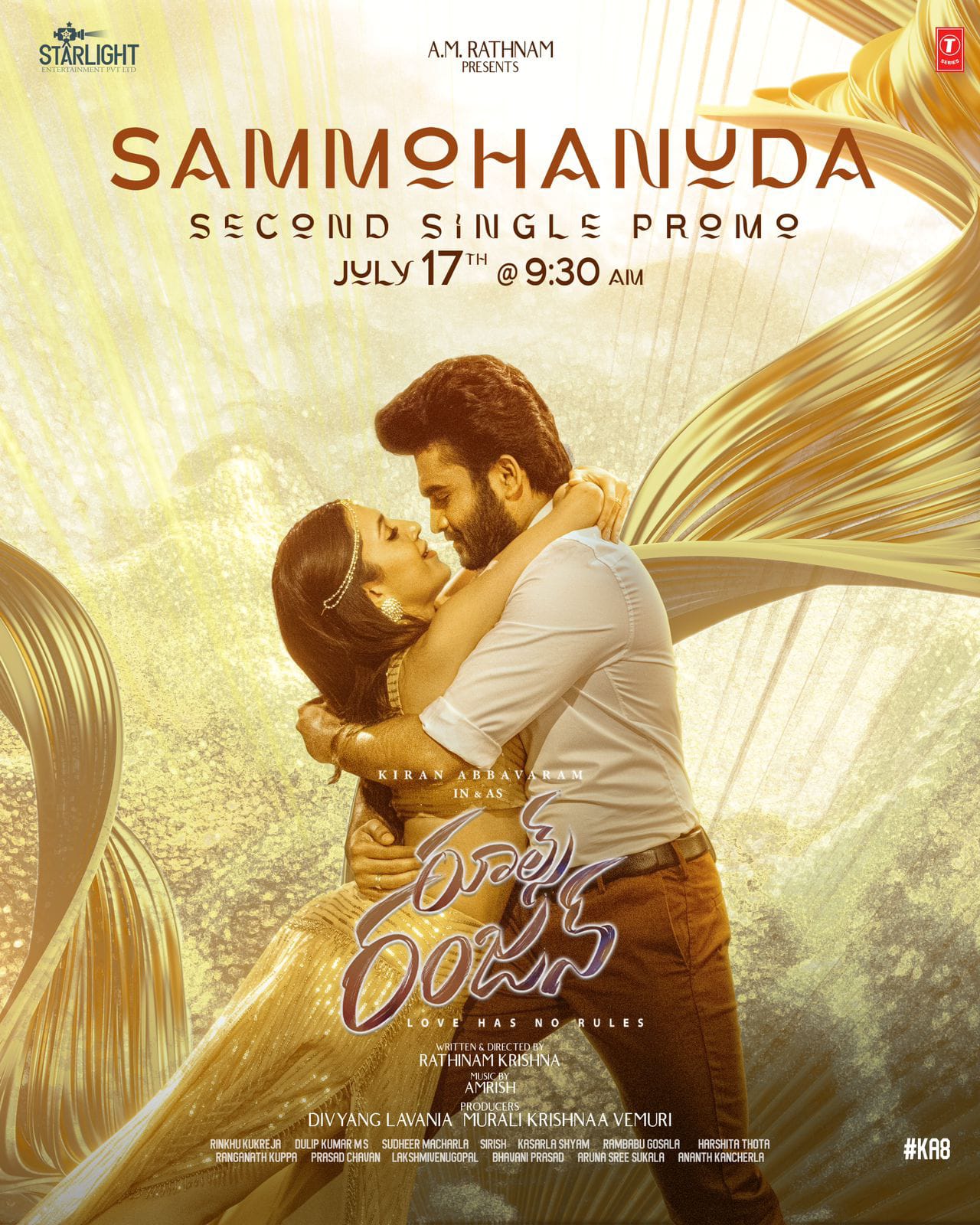Are the hallowed halls of cinema truly governed by an unspoken, immutable code? Absolutely, and understanding these MOVIE RULES can drastically alter your viewing experience and deepen your appreciation for the art of filmmaking. From the narrative structures that grip us to the visual cues that subtly manipulate our emotions, these rules are the invisible architecture upon which cinematic storytelling is built.
The existence of "MOVIE RULES" isn't about stifling creativity; rather, it’s about understanding the language of film. Think of it as grammar for visual storytelling. Just as mastering grammar allows a writer to communicate more effectively, understanding these rules allows filmmakers to connect with audiences on a deeper level. Some rules are practical, born of necessity and efficiency, while others are more artistic, stemming from decades of trial and error in the pursuit of the perfect cinematic moment. Consider, for instance, the widely accepted but rarely articulated rule that the hero must face an impossible challenge in the third act. This isn't arbitrary; it’s a carefully calibrated mechanism designed to build tension, heighten stakes, and ultimately deliver a satisfying resolution. Disrupting this rule risks alienating audiences who have been conditioned to expect this pattern.
Another critical aspect of MOVIE RULES revolves around the creation and manipulation of suspense. Alfred Hitchcock, the master of suspense, famously articulated the difference between surprise and suspense: surprise is a sudden shock, while suspense is the anticipation of that shock. Many MOVIE RULES are geared towards maximizing suspense, creating a sense of unease and anticipation that keeps viewers on the edge of their seats. This might involve withholding crucial information from the audience, foreshadowing impending danger, or using visual cues, such as ominous music or unsettling camera angles, to create a sense of dread. The skillful application of these rules transforms a simple scene into a masterclass in tension building.
- Movierulz The Piracy Site Alternatives Is It Safe
- Kannada Movies 2023 Box Office Hits Where To Watch Update
Beyond suspense, MOVIE RULES also govern the portrayal of characters and their relationships. Archetypes, while sometimes criticized as being clichés, serve as valuable shorthand for conveying complex personalities and motivations. The hero, the villain, the mentor, the femme fatale – these are all familiar figures that audiences instantly recognize and understand. However, the truly skilled filmmaker doesn't simply rely on these archetypes; they subvert them, adding layers of complexity and nuance that make the characters feel fresh and relatable. Similarly, rules govern the depiction of relationships, whether romantic, familial, or adversarial. These rules dictate the pacing of the relationship, the types of conflicts that arise, and the ultimate resolution of those conflicts.
One of the most fascinating areas within MOVIE RULES is the unspoken agreement between the filmmaker and the audience. This agreement involves a suspension of disbelief, a willingness to accept the fictional world presented on screen as if it were real. This suspension of disbelief is fragile, and filmmakers must be careful not to break it. This is why continuity errors, plot holes, and unrealistic scenarios can be so jarring and distracting. They remind the audience that they are watching a movie, breaking the illusion and diminishing the emotional impact of the story. A good filmmaker is acutely aware of this delicate balance and takes steps to maintain the audience's suspension of disbelief.
Consider the "Wilhelm scream," a stock sound effect used in countless films. It's so ubiquitous that many viewers now recognize it, and its presence can actually detract from the seriousness of a scene. This highlights the importance of being aware of MOVIE RULES and knowing when to break them. Sometimes, breaking a rule can be a powerful artistic statement, a way to subvert expectations and surprise the audience. However, breaking a rule without a clear purpose can simply come across as lazy or incompetent. The key is to understand the rule and to have a good reason for deviating from it.
- Vegamovies Your Guide To Free Movies Is It Safe Alternatives
- Kannada Cinema Gems Best Kannada Movies Of 2025 Must Watch
Many MOVIE RULES are directly tied to genre conventions. Horror films, for example, have a specific set of rules that govern the depiction of violence, suspense, and the supernatural. These rules dictate the types of monsters that are allowed, the ways in which characters can die, and the overall tone of the film. Similarly, romantic comedies have rules about the meet-cute, the obstacles that the couple must overcome, and the inevitable happy ending. These genre conventions provide a framework for filmmakers to work within, but they also allow for creativity and innovation. A good filmmaker can use these conventions to their advantage, playing with audience expectations and creating a film that is both familiar and surprising.
The technical aspects of filmmaking also have their own set of MOVIE RULES. These rules govern camera angles, lighting, editing, and sound design. For example, the 180-degree rule is a fundamental principle of filmmaking that dictates how cameras should be positioned in relation to the actors. This rule ensures that the spatial relationship between the actors remains consistent from shot to shot. Similarly, the rule of thirds is a guideline for composing shots that creates a more visually appealing and balanced image. These technical rules are not arbitrary; they are based on principles of visual perception and are designed to create a more immersive and engaging viewing experience.
Editing is another crucial area where MOVIE RULES play a significant role. The pace and rhythm of the editing can dramatically affect the emotional impact of a scene. Fast-paced editing can create a sense of excitement and urgency, while slower, more deliberate editing can create a sense of tension and unease. The use of cuts, fades, and dissolves can also be used to manipulate the audience's emotions and to convey information about the story. For example, a jump cut can be used to create a sense of disorientation or to suggest that time is passing quickly. A dissolve can be used to create a smooth transition between scenes or to suggest a connection between two different moments in time. The skilled editor understands these rules and uses them to create a seamless and compelling narrative.
Sound design is often overlooked, but it is an essential element of filmmaking. MOVIE RULES dictate how sound should be used to create atmosphere, enhance emotions, and convey information about the story. Diegetic sound, which is sound that originates from within the world of the film, can be used to create a sense of realism and immersion. Non-diegetic sound, which is sound that is added to the film in post-production, can be used to create atmosphere and to manipulate the audience's emotions. The use of music, sound effects, and dialogue can all be carefully calibrated to create a powerful and emotional viewing experience.
The application of MOVIE RULES isn't static; it evolves with technology and audience expectations. What was considered acceptable or even innovative in the past may now be seen as cliché or outdated. For instance, the use of slow motion was once a groundbreaking technique, but it has become so overused that it has lost much of its impact. Similarly, the use of CGI has become so prevalent that audiences are now more discerning about its quality. Filmmakers must be constantly aware of these changing trends and adapt their techniques accordingly.
One of the biggest challenges facing filmmakers today is the need to compete with other forms of entertainment. With the rise of streaming services, video games, and social media, audiences have more choices than ever before. This means that filmmakers must work harder to capture and maintain their attention. This often involves pushing the boundaries of MOVIE RULES, experimenting with new techniques, and creating films that are truly unique and memorable. However, it also means understanding the fundamental principles of storytelling and knowing how to connect with audiences on an emotional level.
Ultimately, the key to successful filmmaking is to understand MOVIE RULES and to know when to follow them and when to break them. This requires a deep understanding of the art of filmmaking, a willingness to experiment, and a keen awareness of audience expectations. A good filmmaker is not simply a technician; they are a storyteller, an artist, and a communicator. They use the tools of filmmaking to create a world, to tell a story, and to connect with audiences on a profound and meaningful level. The best movies are those that not only entertain but also challenge us, provoke us, and leave us with something to think about long after the credits have rolled.
The influence of MOVIE RULES extends beyond the creative process; it also affects the business side of the industry. Studios and distributors rely on these rules to predict audience reactions and to make informed decisions about which films to finance and distribute. For example, a film that adheres to familiar genre conventions and features well-known actors is more likely to be successful at the box office than a film that is experimental or unconventional. This can create a tension between artistic vision and commercial viability, and filmmakers must often navigate this tension in order to get their films made.
Despite the ever-changing landscape of the film industry, some MOVIE RULES remain timeless. These are the fundamental principles of storytelling that have been passed down through generations of filmmakers. These principles include the importance of a compelling protagonist, a well-defined conflict, a satisfying resolution, and a universal theme. These elements are essential for creating a film that resonates with audiences and that stands the test of time. Whether it's a blockbuster action movie or an independent art-house film, the best movies are those that tell a story that is both entertaining and meaningful.
In conclusion, while the specific application of MOVIE RULES may vary from film to film and from genre to genre, their underlying principles remain constant. These principles are the foundation of cinematic storytelling, and they are essential for creating films that are both technically proficient and emotionally resonant. By understanding these rules, filmmakers can create films that not only entertain but also inspire, challenge, and move audiences around the world.



Detail Author:
- Name : Hugh Homenick
- Username : wwalter
- Email : padberg.eriberto@hotmail.com
- Birthdate : 2006-02-05
- Address : 41639 Arno Village Maggiochester, NV 79523-7906
- Phone : 1-402-375-9163
- Company : Heaney, Stoltenberg and Kuhn
- Job : Desktop Publisher
- Bio : Ex alias est itaque eum velit. Necessitatibus veniam quas illo voluptas neque soluta.
Socials
instagram:
- url : https://instagram.com/heidenreicht
- username : heidenreicht
- bio : Laudantium ex explicabo officia voluptatum praesentium eius. Eum cupiditate et omnis.
- followers : 305
- following : 1088
tiktok:
- url : https://tiktok.com/@terrence.heidenreich
- username : terrence.heidenreich
- bio : Ratione reiciendis cupiditate voluptas quia.
- followers : 4503
- following : 2742
facebook:
- url : https://facebook.com/theidenreich
- username : theidenreich
- bio : Eveniet dignissimos voluptas sit asperiores ratione.
- followers : 3485
- following : 432